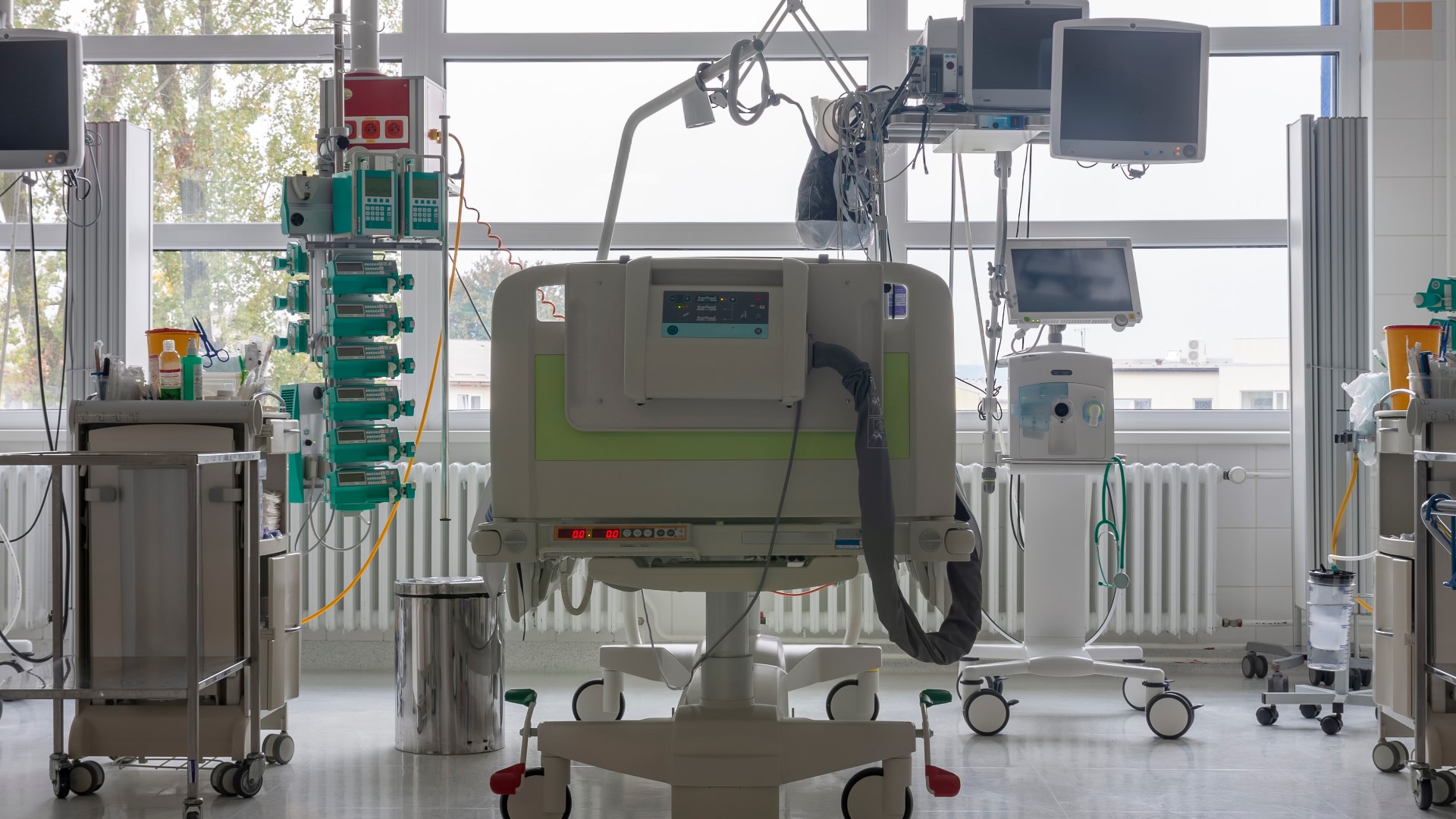At hospitals in Fresno, critically ill patients with nowhere to go are stuck in crowded emergency rooms.
Doctors face such a dire shortage of intensive care beds at Community Regional Medical Center that patients who should be treated in specialized intensive care units were instead filling 12 of its 15 emergency room beds reserved for the severely sick and injured last weekend.
“That really bottlenecks us right in the front door,” said Rais Vohra, an emergency medicine physician at Fresno’s Community Regional Medical Center and the county’s interim health officer. “We’re very worried.”
At nearby Saint Agnes Medical Center, some non-COVID-19 patients on ventilators have temporarily overflowed into post-operative or emergency department beds as patients with the virus more than quadrupled from 32 to 135 since mid-November.
Both ICUs have reached their capacity, and in all, Fresno County had only nine available ICU beds on Monday for its nearly 1 million residents, according to state data.
“We are going to have a very hard, very hard winter,” said Jorge Martinez-Cuellar, an internist and medical director of hospital medicine at Saint Agnes Medical Center. “We feel that we are close to what is called a collapse in the system.”
As hospitals throughout California are filling up, dozens of counties are facing staff shortages that prevent them from expanding their ICUs to meet the surge.
Nearly two dozen counties had fewer than 10 available ICU beds on Tuesday, and four had all of their ICU beds full, according to state data.
When comparing available ICU beds to population, Imperial, Kings, San Benito, Madera, Fresno and Yolo counties are in the worst shape. All of them have zero or less than one ICU bed open per 100,000 residents, according to state data.
Another 13 counties have less than three open beds per 100,000 residents: San Bernardino, Riverside, Santa Cruz, Sonoma, San Joaquin, Kern, Lake, Humboldt, Nevada, El Dorado, Solano, Merced and Stanislaus.
Some hard-hit hospitals are already sending patients to other counties.
At the US-Mexico border, Imperial County has zero ICU beds available for a population of more than 181,000 people, and as of Dec. 3 had already transferred 37 COVID-positive patients to other counties since mid-November, according to Christopher Herring, county emergency medical services manager.
“We’re tired. We’re really getting to the point of lamaze (breathing) our way through the next nine months, having just done nine months,” said Adolphe Edward, CEO of El Centro Regional Medical Center, one of the county’s two hospitals. “It’s like an elephant giving birth after 18 months. It’s going to be exhausting, stretching.”
In Fresno, Vohra said he has to make difficult decisions about which emergency department patients to admit to the hospital as COVID-19 surges and accidents, shootings, drug overdoses and illnesses continue.
Last week, he hesitated to admit an immunosuppressed kidney transplant patient because of the shortage of beds.
“That person would have been like a slam dunk admission any other day of the year,” Vohra said, adding that transplant patients are at high risk of potentially lethal sepsis.
He worries that the crowded hospital puts his patient at risk. “Number one, she’s going to be staying in the ER, for probably days, because there’s nowhere to put her. Number two, she may actually catch COVID. I mean, I hate to say that because it’s my hospital. But I have to be realistic.”
Not enough staff
California passed a devastating new milestone this week: More than 11,500 people were hospitalized with confirmed or suspected cases of COVID-19.
And hospitals are colliding with a major barrier to ramping up ICU care: too few doctors, nurses and others trained to to staff ICUs.
“Our hospitals are reporting 5% to 10% of their staff needing to be out, which is really high,” Vohra said. “When you think about a hospital system that has 10,000 employees, that’s 500 to 1000 people that are out.”

